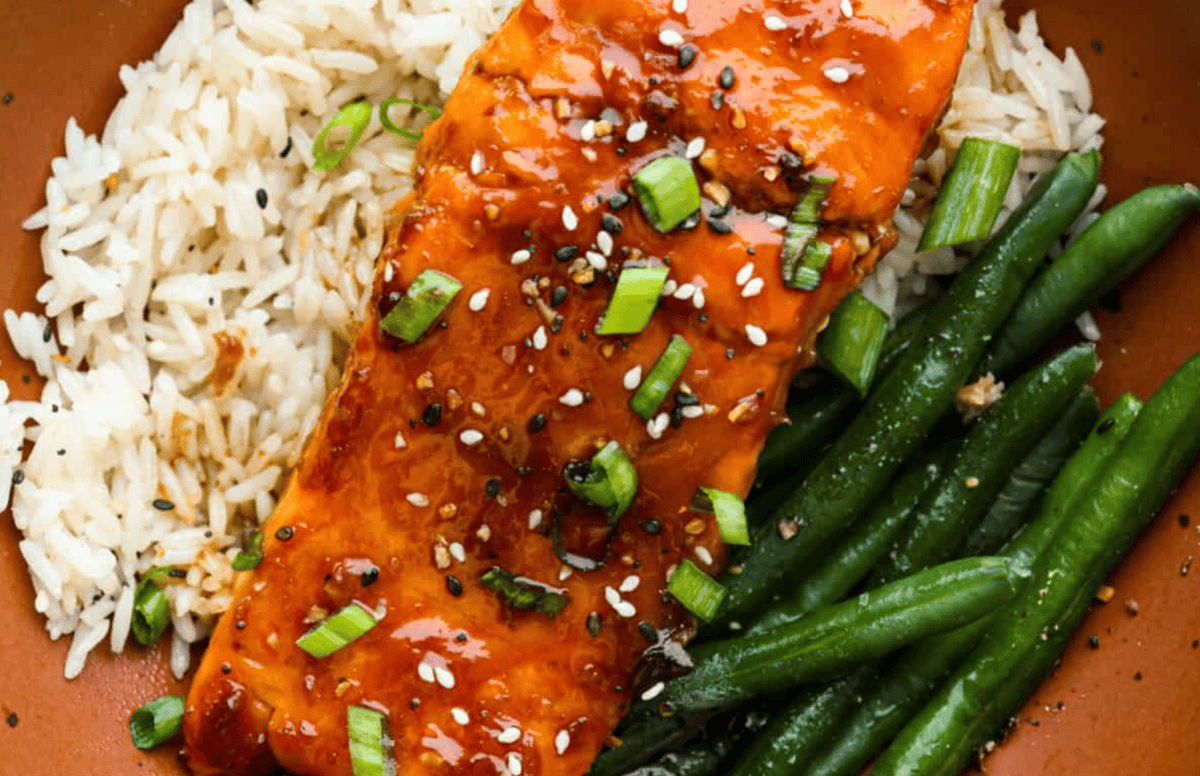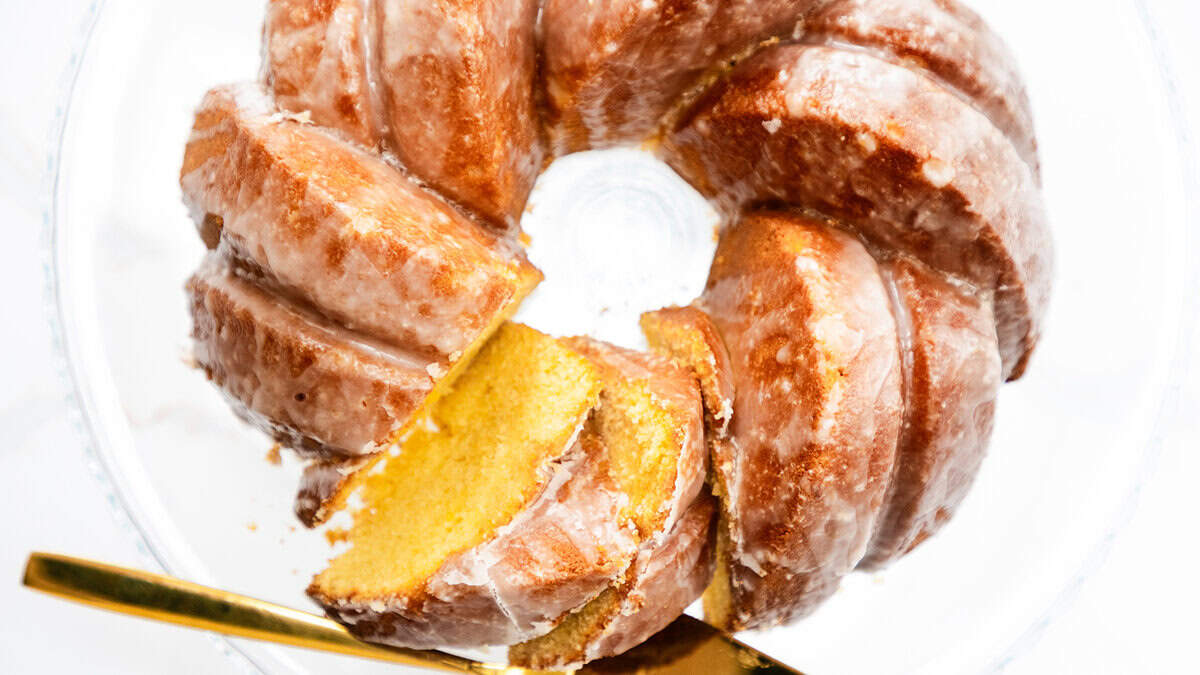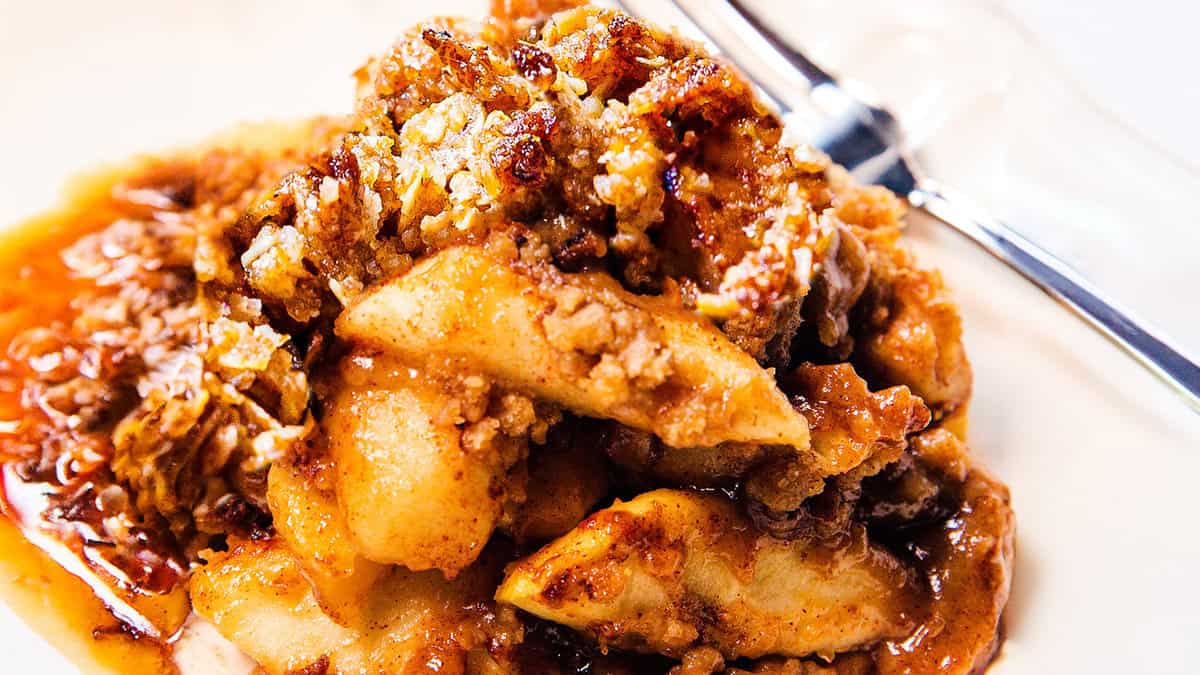For me, baking isn’t just a hobby, but a way to destress after a hectic work week. My delight in making a fresh batch of brownies, however, was quickly replaced with dread. I found myself squatting in the supermarket aisle, hunched over different bags of flour. I spent an ungodly amount of time translating and researching to determine which baking ingredients in Japan were the right ones to make the dessert I wanted to make.
To make the process easier for you, I will go through and break down the different types of baking ingredients Japan offers, as well as how they might differ from those in your home country.
Japanese Cheat Sheet For Other Baking Essentials
Types Of Flour in Japan

Image: iStock: kohei_hara
The center of most baking recipes: komugiko (小麦粉; flour). Directly translating the kanji can be confusing for some. Japanese flour is typically categorized by its protein/gluten content rather than its intended purpose.
薄力粉** (hakurikiko; “weak flour”)**
Hakurikiko is a low-protein flour that is closest to cake flour. It’s lower in gluten, which makes a lighter, fluffier texture best used for recipes such as cakes, cookies and pancakes.
強力粉 (**kyourikiko; “strong flour”) **
High in protein, kyourikiko is also known as bread flour. Best for denser breads like pizza dough, and anything that needs strong gluten development.
中力粉** (churikiko; “medium flour”) **
*Churikiko* is a medium-protein flour similar to all-purpose flour. Most recipes written in English typically use all-purpose flour due to its versatility. It’s perfect for everything from lighter cakes to denser basque cheesecakes.
From personal experience, I found this flour harder to find in supermarkets. If this happens, you can experiment by mixing the weaker flour with the stronger flour.
自己調達小麦粉 (**jikochotatsu komugiko; “self-raising flour”)**
This is a delight for most bakers because it requires far less measuring of different ingredients. It makes great desserts, such as cupcakes and brownies. It’s not as easy to find in Japan as the other flours. An imported goods shop in your neighborhood might sell it.
Types Of Sugar in Japan

Image: iStock: Liudmila Chernetska
When it comes to baked goods, sato (砂糖; sugar) is one of the most crucial ingredients. Nearly every recipe calls for some type of sweetener to either activate the yeast in bread or add flavor to pastries.
上白糖 (johakuto; “white sugar”)
Used almost exclusively in Japan, jouhakuto is a white sugar that has bisco, a type of sugar liquid, added to it during the manufacturing process. This increases the moisture content of the sugar, making it sweeter and more enjoyable. This can, however, alter your recipes ever so slightly due to this process.
グラニュー糖 (guranyuto; “granulated sugar”)
This is likely the type of sugar you are familiar with and use in your home country. It may be harder to find, depending on your supermarket or neighborhood. If you’re in a pinch, I recommend trying johakuto in your recipe by adjusting the amount to suit your taste buds.
三温糖 (sanonto; “light brown sugar”)
Light brown sugar has a very subtle molasses flavor, one that many bakers are familiar with. If your recipe calls for brown sugar, this is the one that will better fit the flavor profile you’re looking for.
黒糖 (kokuto; “dark brown sugar”)
In Japan, dark brown sugar is usually made from the sugarcane grown in Okinawa or Kagoshima. It has a strong, rich flavor that is distinctly Japanese. Because of its refining process, it’s considered healthier than other sugars.
Since Japanese dark brown sugar lacks molasses, as found elsewhere, I recommend tasting it before using it in any baked goods.
ラカント(rakanto; “monk fruit sweetener”)
Gaining popularity for its health benefits and ease of use, Lakanto can serve as a suitable substitute for regular sugar. It can be pretty pricey, but for those with diabetes or concerned about calories, this is the perfect addition to your baking arsenal.
粉砂糖 (kona zato; “powdered sugar")
Whether you need it for making a frosting or adding air to a delicious cheese tart, this is the sugar you’re looking for. It’s not always easy to find in the supermarket and might require a trip to an imported goods shop.
Types Of Dairies in Japan
Click here to read more.
© Savvy Tokyo











 English (US) ·
English (US) ·